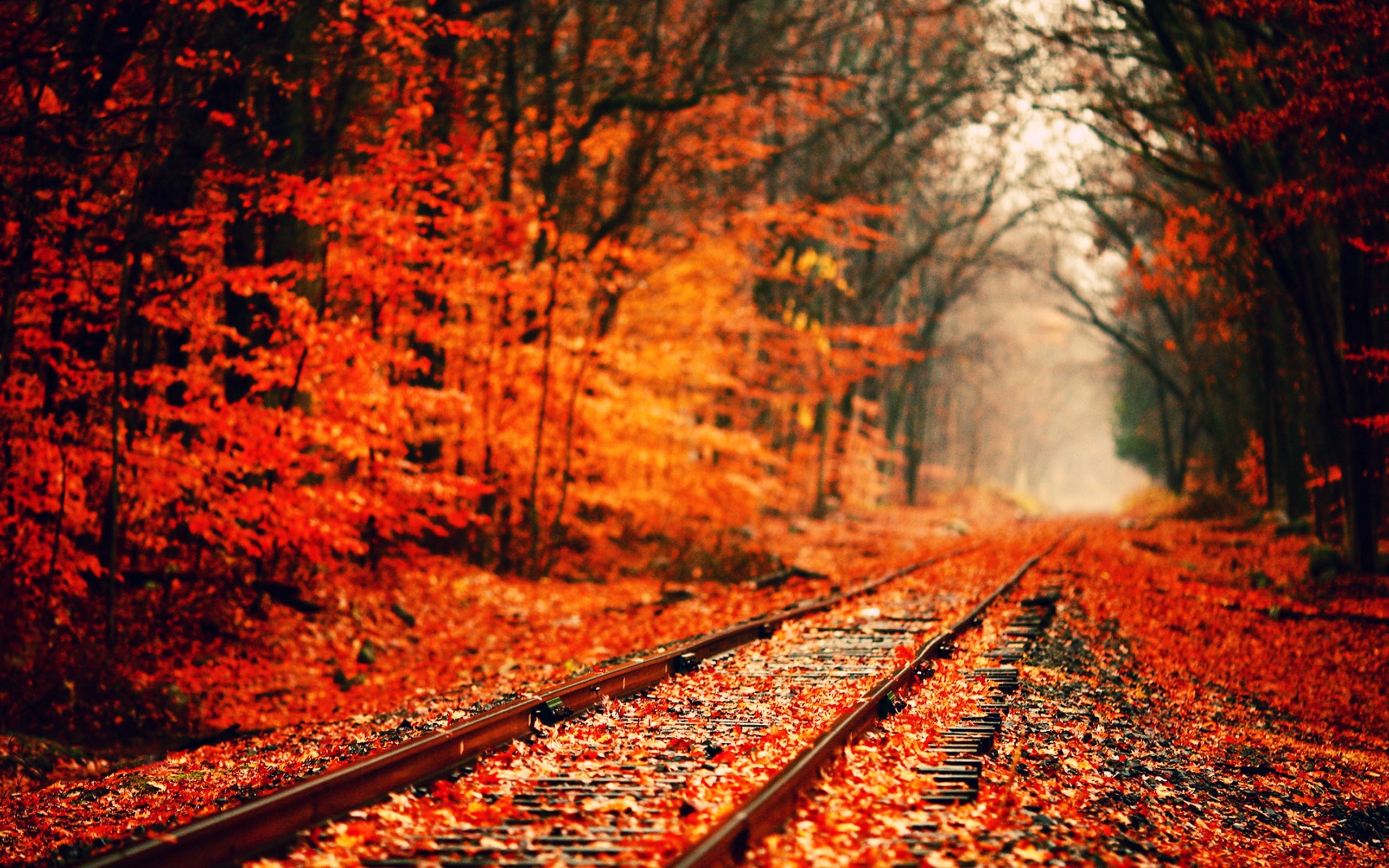As summer ends, the next season of the year rolls around: Fall. It is a time when the warm yet chilly aura begins to take its place, where the lakes and ponds give reflection upon newly hued trees, and where scented candles of cinnamon or pumpkin spice fill the air in people’s living rooms. When walking through a forest in the Fall, you lay your eyes upon leaves with shades like crimson red, apricot orange, and daffodil yellow, giving absolute enchantment all around you. Around this time, you’ve probably thought nothing of it, but when pondering deeper, a question arises: How do leaves change in color? Why does it happen? Here’s how.
Multiple factors contribute to the change in the colors of the leaves. Among them are pigments:
Carotenoids, which are organic pigments made up of only hydrogen and carbon, make yellow, orange, and brown colors on plants.
Anthocyanins are water-soluble pigments that make up red, blue, and purple colors, depending on the pH level.
Chlorophyll, which is a green pigment found in chloroplasts that allows plants to synthesize energy from light—also known as photosynthesis.
During the spring season, chlorophyll is continuously produced, which brings forth green leaves. This is because of the shorter nights, allowing the sun to continue shining upon all that’s living. But, during the fall season, the nights start becoming longer, winding down chlorophyll production. This brings the carotenoids and anthocyanin out, and the leaves attain all shades of brown and red. Some colors take more time than others to appear, depending on the tree. For instance, anthocyanins are produced in color and on sunnier days, whereas carotenoids form once chlorophyll is fully removed.
How do the leaves fall, you may ask? Well, leaves have veins in their structures that let them transport fluids like sugar in, out, and across them. During the fall season, the cells in leaves form a layer, thereby clogging their veins. When this happens, anthocyanin is produced more copiously, and once the veins are clogged, the leaves fall, gently gliding through the air, with the grace of a dove, and then reach the ground.
